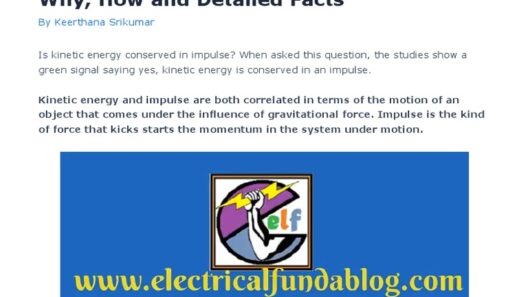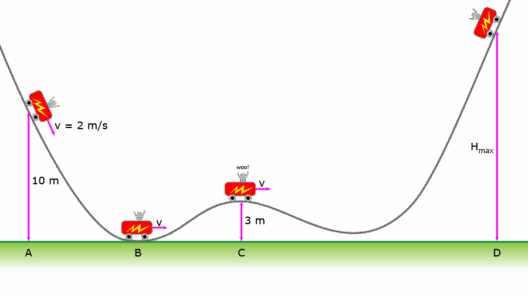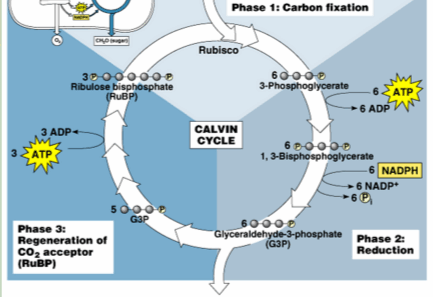In the realm of classical mechanics, the laws governing the behavior of objects in motion offer profound insights into the nature of physical systems. Two primary principles emerge as cornerstones of understanding: the conservation of energy and the conservation of angular momentum. While these concepts may initially appear distinct, an intriguing interaction exists between them, particularly when examining closed systems. The central question arises: is energy conserved when angular momentum is conserved?
The principle of conservation of energy states that in any closed system, the total energy remains constant over time, regardless of the processes—mechanical, thermal, or otherwise—that may occur within that system. Likewise, the conservation of angular momentum posits that if no external torque acts on a system, the total angular momentum of that system remains constant. Both principles are hallmarks of classical physics, yet their interplay deserves a closer inspection.
To appreciate the relationship between energy and angular momentum, one must first consider how each is defined. Energy manifests in various forms, including kinetic, potential, thermal, and others. Angular momentum, on the other hand, is a vector quantity that encapsulates rotational motion, dependent on the mass of the object, the velocity of its motion, and the distance of the mass from the axis of rotation. Mathematically, angular momentum (L) can be expressed as the product of moment of inertia (I) and angular velocity (ω), yielding the equation L = Iω.
Common observations reveal that in many scenarios, when angular momentum is conserved, energy is also conserved. For instance, consider the example of a figure skater performing a spin. As the skater draws in their arms, they increase their rotational speed, thus conserving angular momentum. Despite this acceleration, the skater’s kinetic energy transforms as the radius of rotation decreases. The implications of this transformation highlight an essential aspect of energy conservation linked to the system’s configuration.
However, this apparent simplicity becomes complex when one investigates scenarios involving dissipation. In cases where friction or external forces are at play, total mechanical energy may not be conserved. The energy lost to heat due to friction does not vanish; rather, it is transformed into another form, adhering to the conservation of energy principle yet complicating the relationship between kinetic energy and angular momentum conservation. In such circumstances, even though angular momentum remains constant (assuming no external torques are acting), the total mechanical energy may decrease, showcasing a divergence between the two conservation principles under specific conditions.
Furthermore, one must consider the implications of rotating bodies in various systems. In celestial mechanics, for example, a planet in a stable orbit demonstrates both conserved angular momentum and energy. The gravitational force between celestial bodies ensures that energy transformations occur without external influence, allowing these principles to coexist harmoniously within a closed system. This is critical for understanding orbits and the stability of planetary systems, illustrating beautifully how conservation laws work in unison in the vastness of space.
Yet, not all systems adhere to straightforward relationships between energy and angular momentum. In chaotic systems or those involving nonlinear dynamics, unexpected behaviors may emerge. In these systems, minor perturbations can lead to significant changes, complicating the predictability of energy conservation. Here, the conservation of angular momentum may still hold, but the system’s internal energy exchanges can lead to notable variations. This interplay often instills a sense of marvel for physicists and environmental scientists alike, as it underscores the complexity of natural systems.
Moreover, in modern applications such as renewable energy technologies, understanding these principles is vital. Wind turbines, for example, convert wind’s kinetic energy into electrical energy while operating under the framework of angular momentum conservation. The blades of the turbine rotate and generate torque, demonstrating a practical application of these conservation principles. As the blades spin, energy conversion processes intricately relate to both angular momentum and mechanical energy, providing insights into efficient energy harvesting mechanisms.
In conclusion, the interplay between conservation of angular momentum and conservation of energy serves as a profound reminder of the intricacies of physical laws. While energy conservation remains steadfast within closed systems, scenarios involving friction and external forces illustrate the complexity of its relationship with angular momentum. The observable phenomena, ranging from figure skaters to celestial mechanics, offer tantalizing glimpses into the fundamental workings of our universe. Understanding these relationships is not merely an academic pursuit; it has real-world applications that can inform sustainable practices in energy efficiency and innovation in technology. Thus, exploring whether energy is conserved when angular momentum is conserved serves as an essential inquiry, illustrating how these principles coexist, conflict, and ultimately govern the dynamics of the natural world.







